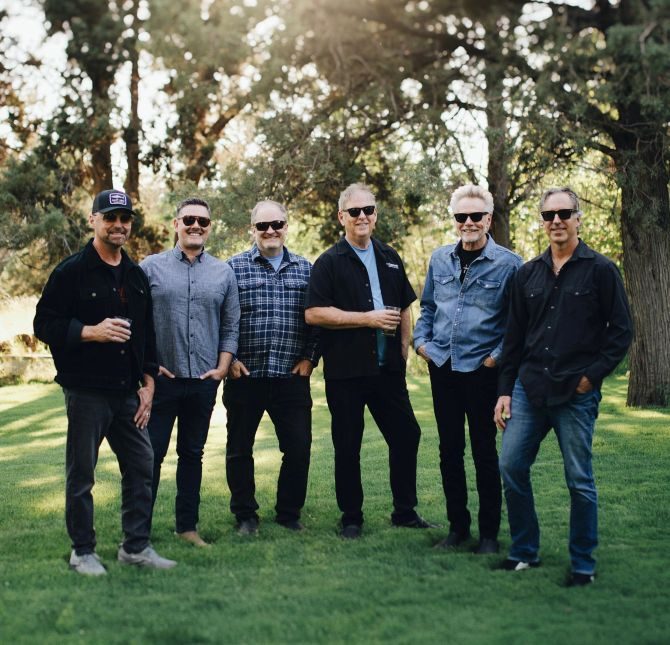Don’t feed the bears; hunt ’em
Published 4:00 am Thursday, February 9, 2006
Last year, in Oregon’s Alsea Unit (west of Corvallis), Department of Fish and Wildlife biologists received 70 bear-damage complaints – all tied to food sources.
”The bears are too smart for their own good,” said ODFW wildlife biologist Doug Cottam.
Biologists on the mid-coast spend four months of the year handling bear complaints, which range from stealing the chicken feed to breaking into the pantry for corn flakes. Twice last year, bears broke into homes and ransacked kitchens. The phone calls typically begin in March, before spring growth has begun and hungry bears are stumbling out of their winter sleep.
”Don’t feed the bears,” Cottam said. ”Either directly or indirectly. It is the kiss of death to a bear. Hunters, don’t leave food around camp. Homeowners, don’t leave your garbage where the bears can get it. And don’t give them handouts either.”
Bears quickly figure out that they can get food from humans. Therein is the problem.
Almost all the complaints come from suburban or urban homeowners from Lincoln city to Florence.
”The closer to the ocean, the higher the bear density,” Cottam pointed out. If you’re a bear hunter, your best bet is to hunt within a few miles of the beach.
”From Waldport to Florence and inland, you’ll find the highest bear densities,” Cottam continued. ”The closer to the Willamette Valley the fewer bears you get. The west side of the Siuslaw unit is also a good option.”
Spring hunts are used to control bear numbers in areas where bear damage to property is high. For 2006, spring black bear tag numbers have been increased. This year, 6,778 tags are up for grabs.
Because of the dense cover in the coastal habitat, many hunters walk forest roads in the early evening to take up a stand downwind of a clearcut or a meadow, watching and waiting until a bear is spotted.
To narrow down your search, look for three- to five-year-old isolated timber harvests. Find a clearcut with a creek in it. In the bottom, you’ll find plenty of cover. Walk in or use a bicycle to cover ground fast. Bears often use the roads behind locked gates as travel corridors.
Scout for tracks at likely crossing points. Then, step off the road and follow skidder trails and overgrown roads. Grass, willows, and alders are the first to grow in such places. A bear can find a lot of feed on the new growth. Here, off the beaten path, watch for ”bear tunnels” that lead to swamps and berry patches. Walk quietly, stopping to listen for long periods of time. Bear make a lot of noise when they’re on the feed, pulling down brush and nibbling on the tops.
In the first few weeks out of hibernation, bears focus on green grass to replenish digestive juices in their stomachs. Just because bears are focused on grass, though, doesn’t mean they won’t eat meat. As snows recede and reveal winter-killed deer or elk, the smells wafting with the wind may bring in a bruin.
A fawn-in-distress call may bring a bear on the run. In some areas, bear are habituated to killing deer and elk calves. When calling bears, set up downwind of your target area. Work the call with almost constant sound for 45 minutes to an hour.
Oregon’s bear population is thought to be close to 30,000 animals, spread over approximately 40,000 square miles of habitat. Spring hunts are controlled by a lottery that limits hunters in each of the open units. Bag limit in the spring is one bear, except that it is unlawful to take cubs less than a year old, or sows with cubs. The application deadline for the spring hunt is Friday. The coastal hunts and the southwest Oregon hunt begin April 1.
And be sure to bring a shotgun and a turkey tag. Oregon’s turkey numbers, especially in southwest Oregon, are at an all-time high.
When the skunk cabbage, wild iris and buttercups are in bloom, you can hunt bear or wild turkeys, whatever you fancy. Set up your base of operations near a lake or river so the kids have a place to fish. And when you leave camp in the morning, better pack up the cereal or you won’t have anything left for breakfast the next day.
Even though bear hunting is growing in popularity, there are still many places where a person can spend all day on a mountainside and never see another hunter. It is a time when you can watch the flowers bloom and the hawks ride the thermals, and spot deer, elk and wild turkeys in the meadows. If you look long enough, you might even see a big black bear, fresh from hibernation, foraging in a grassy meadow in the warm spring air.








